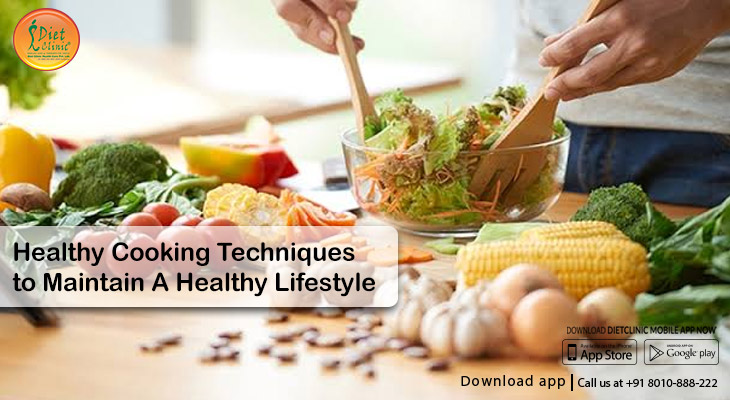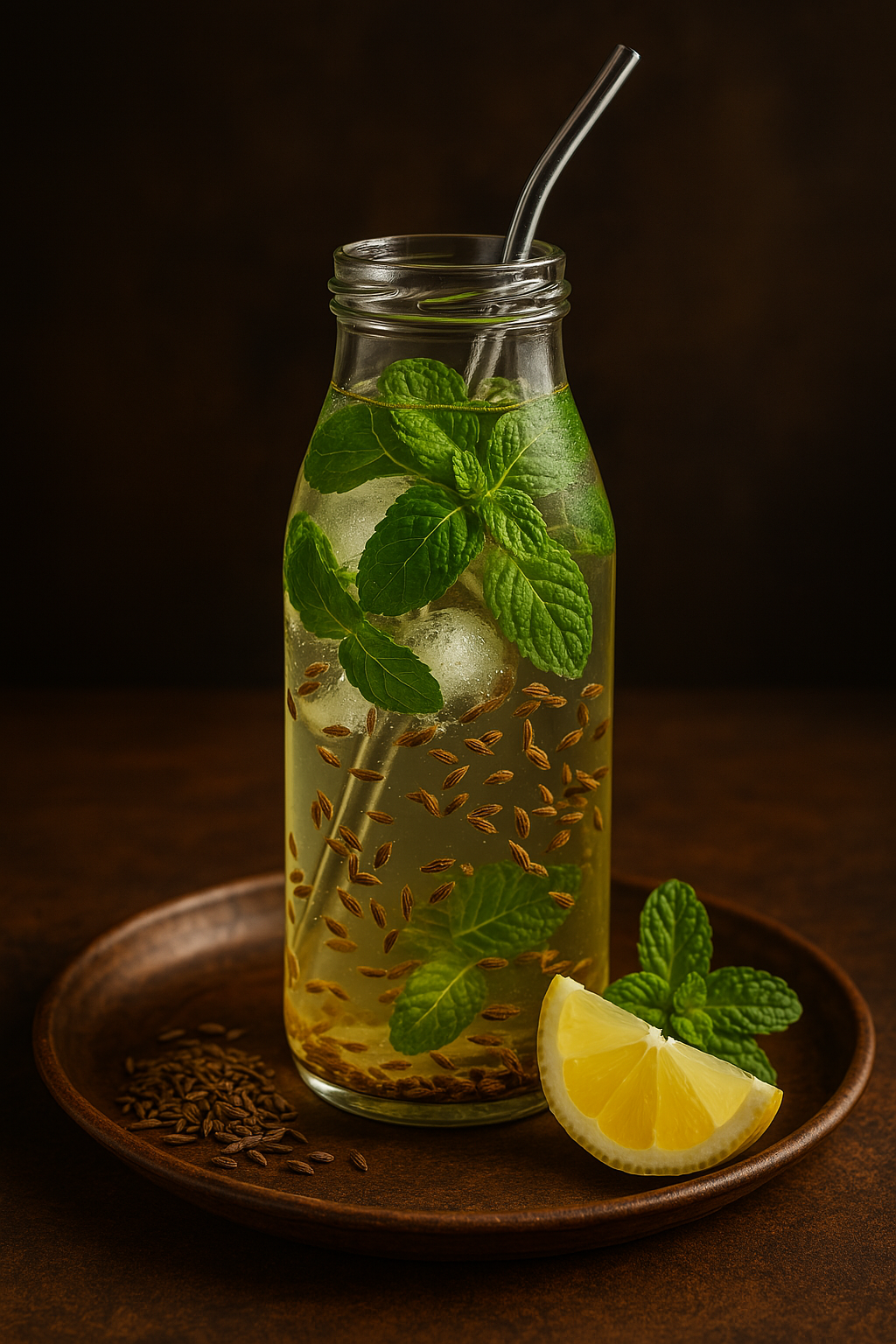
Dietician Sheela Seharawat
Advancement in technology has made our life more comfortable and convenient. We prefer using elevators and escalators in place of stairs. Many of us don’t even prefer to walk short distances because we have the convenience of a car or a bike. Mobile phones, laptops have become our best friends. These lifestyle changes have made people prone to lifestyle disorders problems obesity, diabetes, heart problems etc. It’s high time that we start inculcating good habits which can prevent these lifestyle disorders. One of the very important step is adapting healthy cooking methods. The way we Indians cook food is generally not healthy. Everyone must have seen our moms or grandmothers washing vegetables after cutting them, frying food for long duration, overcooking vegetables etc. all these activities reduce the nutrient content of food to a great extent. Healthy cooking doesn’t mean that we have to become a chef or have expensive cookwares. By adapting very basic cooking techniques we can prepare food in healthy ways without reducing the nutrient content, flavor and taste of the food.
Following are some of the healthy cooking techniques:
Baking
We have seen cakes, pastries, brownies and various other desserts being prepared by baking method. But, seafood, poultry, lean meat, vegetables and fruits can also be baked and for baking these food stuffs we need not have to add fat. We can bake these food stuffs in hot dry air of an oven.
Poaching
Poaching involves simmering food ingredients gently in water or a flavored liquid such as wine, vinegar or until the food is cooked properly and becomes tender. The shape of the food is retained during cooking. Another type of poaching is stove-top poaching for which a covered pan which fits the shape and size of the food should be chosen so that the amount of liquid required for poaching is minimal.
Braising
It means browning the food first in a pan on a stove and then slowly cooking it partially covered by adding a small quantity of water. This cooking liquid can also be used to prepare tasty, nutrient dense sauce for some recipes.
Broiling and grilling
In broiling and grilling methods the food is exposed to direct heat. For grilling outdoor, the food needs to be placed on a rack of charcoal grill. For indoor grilling, please follow the instructions given by the manufacturer of the grill. If you want to grill small chopped vegetables then use foil or long handled grill basket so that pieces don’t slip and fall through the rack. For broiling. food has to be placed on a broiler rack below the heating element. In both these methods fat drips away from the food making the food healthier.
Roasting
Roasting is similar to baking but it is done at a comparatively higher temperature. Food can be roasted in an oven on a baking sheet or in a roasting pan. For cooking food items like poultry, seafood and meat place a rack inside the roasting pan so that the fat in the food drips away during cooking. Care should be taken that the food is not overcooked.
Sautéing
Small or thin pieces of food can be quickly cooked by sautéing in a non stick pan without the use of oil or fat. Oil can be replaced with cooking spray, water or low sodium broth according to the recipe.
Steaming
It’s one of the simplest cooking method in which food is steamed in a perforated basket kept in a vessel having simmering water. It can be done in a pressure cooker or any deep vessel. If we want to add flavor to the food, seasonings can be added to the simmering water. This will help in imparting flavor to the food as it cooks gradually.
Stir frying
A traditional method of Asian cooking in which small, uniform sized pieces of food can be cooked by constantly stirring it in a large non-stick frying pan This method requires very small amount of oil for cooking food.
Using herbs and spices
Adding herbs and spices to meals is one of the best ways to add aroma, flavor and color to the food without adding salt or fat. One should choose herbs that look fresh and bright and not the wilted ones which are spoilt. Fresh herbs should be added at the end of cooking. Dried herbs can be added in the earlier stages of cooking. Common herbs and spices used in India are mint, basil, curry leaves, coriander, bay leaves, rosemary, oregano, thyme, turmeric, cardamom, cinnamon, cloves, pepper, mustard seeds, star anise, saffron etc.
By using these healthy cooking techniques we can cut down on fat and calorie intake and live a healthy life.








